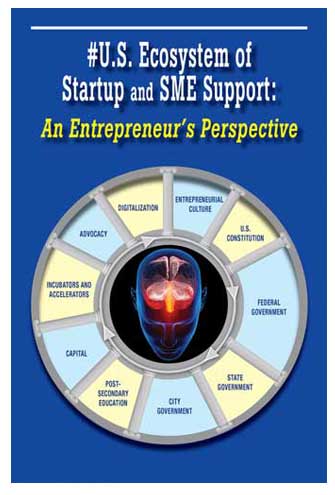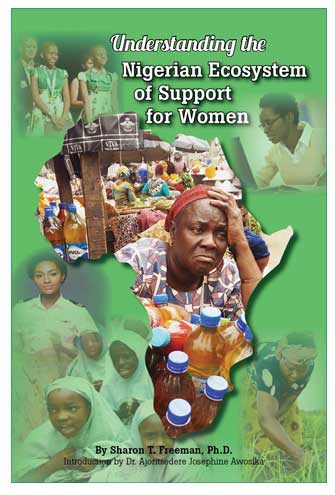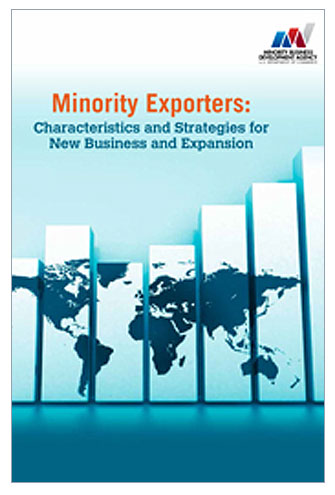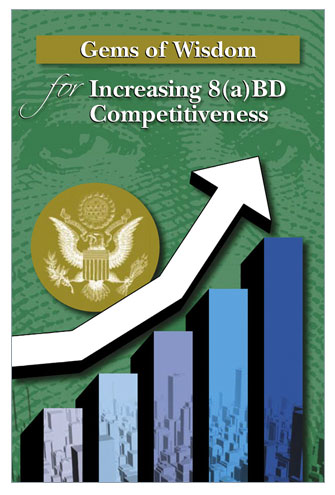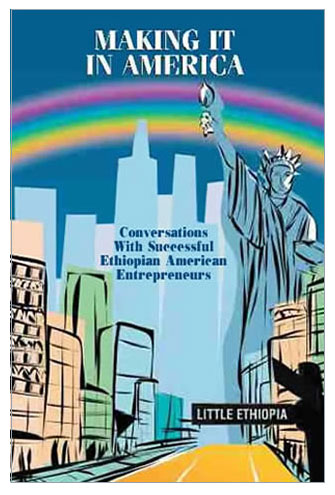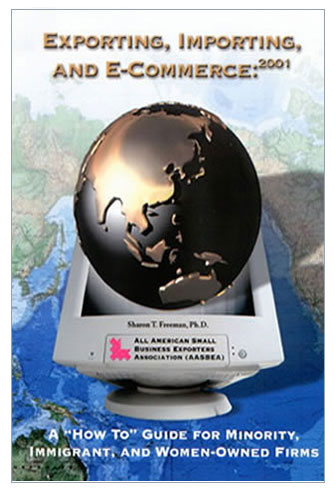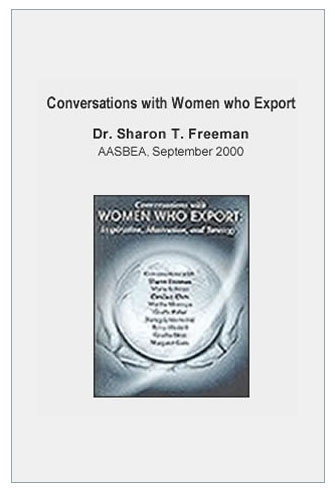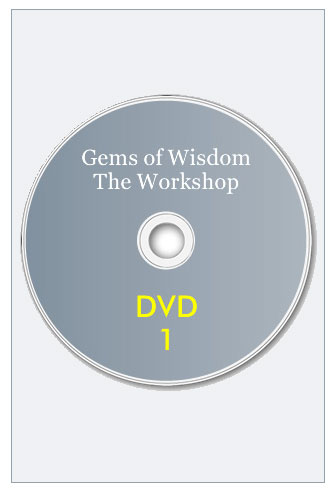Price: $ 19.99 (USD)
(PayPal includes S&H within US)
#U.S. Ecosystem of Startup and SME Support: An Entrepreneur’s Perspective
By Dr. Sharon T. Freeman
(Paperback, 214 pages)
AASBEA Publishers September 1, 2018
ISBN 978-0-9816885-7-2
In 2017, 23 U.S. startups became unicorns, scoring valuations of $1 billion or more.
There was a time, not long ago, when a startup worth $1 billion or more was a rare, almost mythical thing — a “unicorn”. But in the past few years, unicorns have become far more plentiful, more like horses. In fact, dozens of startups were crowned with unicorn status worldwide, including these 23 US companies, according to CB Insight’s list of unicorns (cbinsights.com)
Clearly, everyone wants a unicorn in their stable to help them win the race. The “race” is to develop, diversify, grow, and transform economies. Every country—and multiple competing areas within them—are vying to host and support the next unicorn.
The question is, what does it take to nurture and grow a unicorn—that “special” high-tech firm that embraces and harnesses technology in unimaginable ways and is capable of transforming technology itself?
What are the pillars of an ecosystem that could or has helped produce unicorns and startups—even without that unicorn levels of investment capital— that wound up changing the world?
What did Steve Jobs leverage from the ecosystem that enabled him to start something in his garage that has today become the first $1 trillion-valued company in America? Was it the place in which he was located, Silicon Valley; was it his academic preparation; was it his access to financing; what was it, exactly?
Perhaps the question should be asked in the reverse, focusing not so much on the presence of affirmative actions but rather on the absence of conditions that would have prevented him from succeeding.
It’s reminiscent of when Sir Edmund Hillary became the first person to climb Mount Everest and people asked him why he did that and he allegedly answered, “because it was there.” In other words, there was an opportunity and he seized it because he could, and nothing got in his way. It was the same for Steve Jobs; he climbed “Mount Apple” because he could, and nothing got in his way.
The main issue is whether the enabling environment enables or disables.
Steve Jobs could have been shut down at multiple junctures during his road to success by a “disabling” environment. The doors to his success could have been slam shut early on by the absence of Intellectual Property Rights, by underdeveloped contract law, by inadequate consumer access to broadband, by non-protective securities and exchange laws, and so on. Rights, protections, access, market order enable, and are among the conditions needed to enable startups to realize their full potential.
The purpose of this book is to show how to get out of the way of the next unicorn by ensuring that they and all startups have the rights, protections, access, and market order they need to win the race.
This book shows how the U.S. enables winners and argues that the weightbearing strength of the 10 main pillars and their 33 sub-pillars of the U.S. ecosystem of support for all startups is the key to enabling their success.
Why 10 Pillars and 33 Sub-pillars?
Based on extensive desk research, the author’s firsthand practitioner startup experience and consultancy practice in helping startups for over three decades, and on the views of key stakeholders throughout the ecosystem, the consensus view was that without these 10 pillars and sub-pillars startups in America would not be have been able to thrive and accelerate their growth to the extent that they have.
Consensus on the number of sub-pillars came as a result of asking ecosystem stakeholders experts: “Which functions, programs, and systems within the 10 pillars do they consider to be the most important across all industry sectors? Collectively, they and the author identified the 33 sub-pillars highlighted in this book. In the view of the author and ecosystem stakeholder advisors, the absence of any of these pillars and sub-pillars would be consequential and potentially detrimental to the acceleration of the growth of startups and SMEs.
What This Book Contributes
This book contributes a new perspective for understanding the U.S. ecosystem of support for startups and SMEs. By condensing, distilling, and curating the critical information presented, this book facilitates a deep and broad understanding of the U.S. ecosystem of support for startups and SMEs in a manner that has never been attempted in a single book. Instead of focusing on the local community as the unit of startup ecosystem analysis, this book makes the case that in order to understand the U.S. ecosystem that supports startups and SMEs, it’s necessary to go back to the startup of the nation to examine the basis for the entrepreneurial culture that exists in America and the legal and institutional foundations of the nation that, today, enable the innovations of business founders to come to fruition.
It’s underscored throughout this book that “just as the complex biological system of soil, water, sunlight, flora, and fauna in a rainforest allows individual plants to flourish, so the ecosystem for entrepreneurs is essential to their success. Healthy ecosystems allow talent, information, and resources to flow quickly to entrepreneurs as they need it.”
Interestingly, a simple Google search to define “ecosystem” not surprisingly reveals that one of the examples given to explain it references the “Silicon Valley’s entrepreneurial ecosystem”.
As an ecosystem is a network of interconnections that flow back and forth between parts of a system, indeed there is no better example of a “healthy” and viable ecosystem than that which exists in Silicon Valley.
While it’s not possible to demonstrate all the layers of interconnections between pillars of support within the Silicon Valley ecosystem, this book identifies the critical pillars that exist within it and illuminates the weight that each carries.

